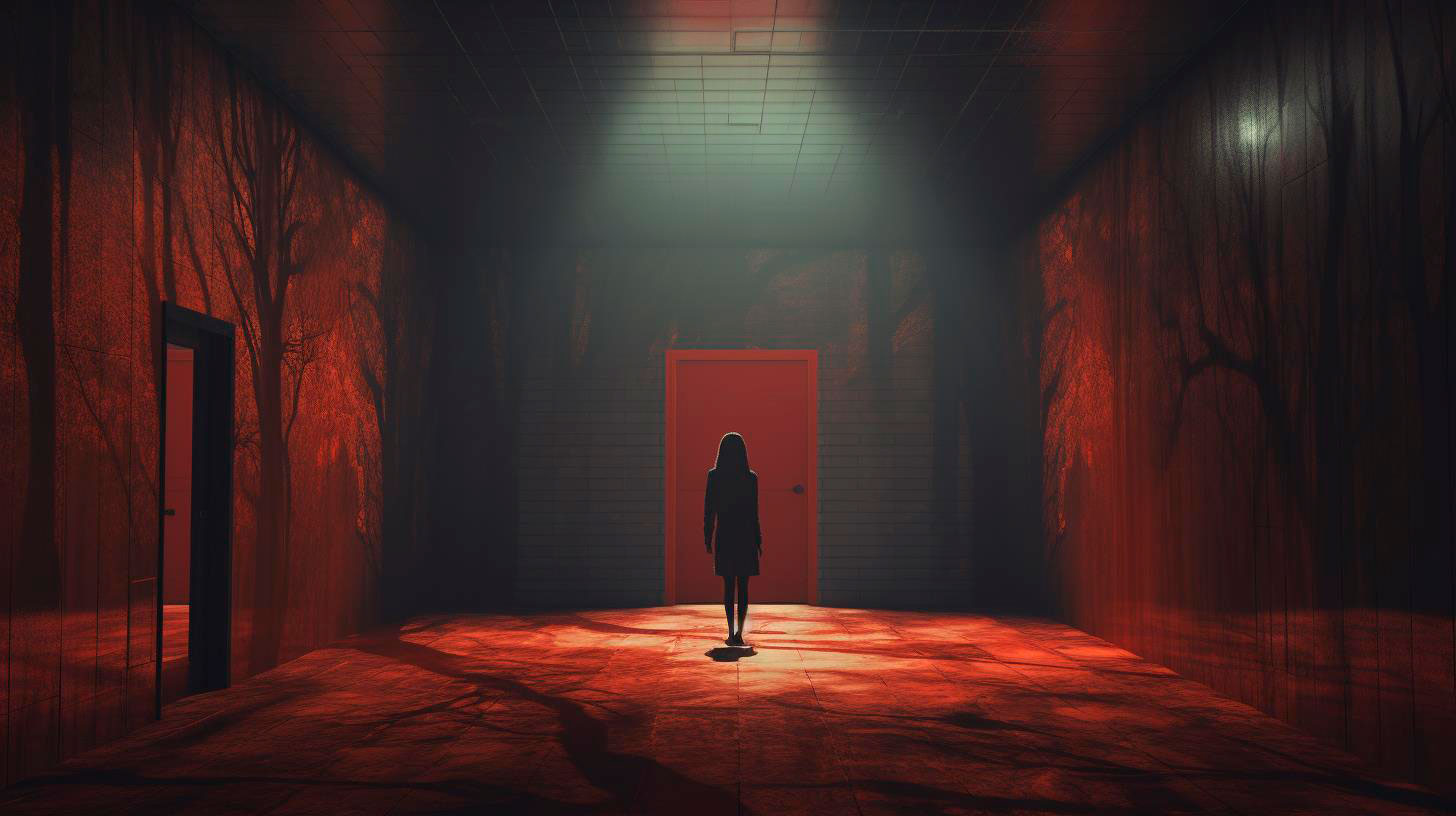What if they could capture the unspoken, the emotions, the stories that are left untold? This is where conceptual photography comes into play, and one of its most fascinating forms is the exploration of unsent letters.
The Art of Conceptual Photography
Conceptual photography goes beyond merely documenting reality. It aims to convey abstract ideas and emotions, often through symbolic or metaphorical imagery. By combining various artistic elements, photographers are able to create images that evoke strong emotions and invite viewers to contemplate deeper meanings.
One intriguing aspect of conceptual photography is the exploration of unsent letters. These letters, brimming with unexpressed feelings and untold stories, provide a rich source of inspiration for photographers. By visually representing these letters, photographers can bring to life the narratives that exist within our minds, but are often left unspoken.
Capturing Unspoken Stories
In conceptual photography, the unspoken stories behind unsent letters are brought to the forefront. By incorporating elements such as props, lighting, and composition, photographers can evoke a range of emotions and narratives. Whether it’s a love letter that was never sent, a confession that remained unsaid, or a message of forgiveness that was left unspoken, each image tells a story that resonates with the viewer.
- Emotional depth: Conceptual photography allows photographers to delve into the emotions that surround unsent letters, capturing the raw vulnerability and unexpressed feelings that often accompany them.
- Aesthetic symbolism: Through careful selection of props and visual elements, photographers can infuse their images with symbolism, adding layers of meaning and enhancing the overall impact of the photograph.
- Storytelling through composition: Composition plays a crucial role in conceptual photography, as it helps guide the viewer’s gaze and tells a story within the frame. Each element is purposefully arranged to convey a specific narrative.
The Power of Unsent Letters
Unsent letters have an inherent power—they embody a mix of emotions, memories, and untold stories. By translating these letters into visual form, conceptual photographers offer a unique perspective, inviting viewers to reflect on their own unspoken stories and experiences.
Conceptual photography allows for a captivating exploration of these unspoken narratives. It opens up a space for empathy and introspection, encouraging viewers to connect with the emotions and experiences captured within the frame. Through the art of conceptual photography, unsent letters find their voice and become a poignant reminder of the depth and complexity of human communication.
Capturing Moments of Silence
Statistics show that over 80% of communication is non-verbal, with body language, gestures, and facial expressions playing a crucial role in conveying meaning. Conceptual photography taps into this non-verbal realm, capturing the moments of silence that often carry immense emotional weight.
As viewers, we are drawn into these silence-filled frames, eager to uncover the stories and emotions they hold. The absence of words becomes an invitation to look closely, to engage with the image, and to reflect on our own unspoken stories.
The Beauty of Unspoken Stories
Through conceptual photography, unsent letters take on a new form and meaning. They are transformed from remnants of the past into works of art that provoke thought and spark emotions. The beauty lies in their ability to make us ponder the stories behind them, the words that were never spoken, and the emotions left unexpressed.
So next time you come across an unsent letter, take a moment to imagine the stories it holds. Picture a conceptual photograph capturing the essence of those unspoken words and emotions. In the intersections of art and communication, the unspoken stories find their place, reminding us of the power of silence and the depth of human experience.


















+ There are no comments
Add yours